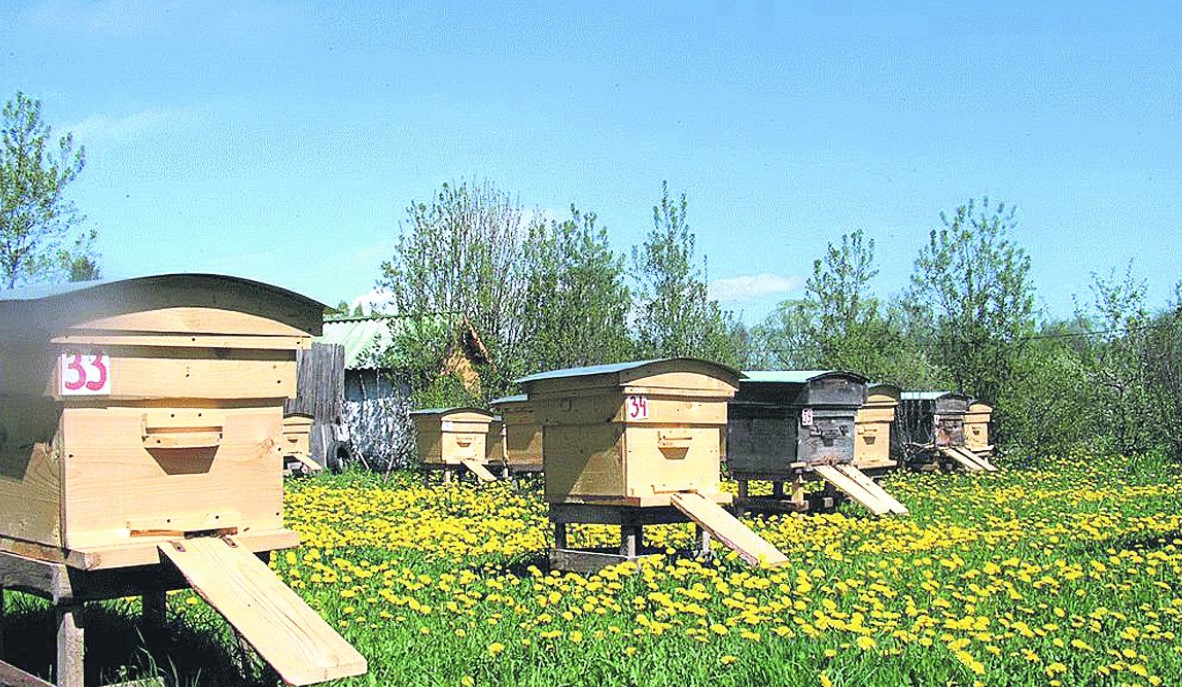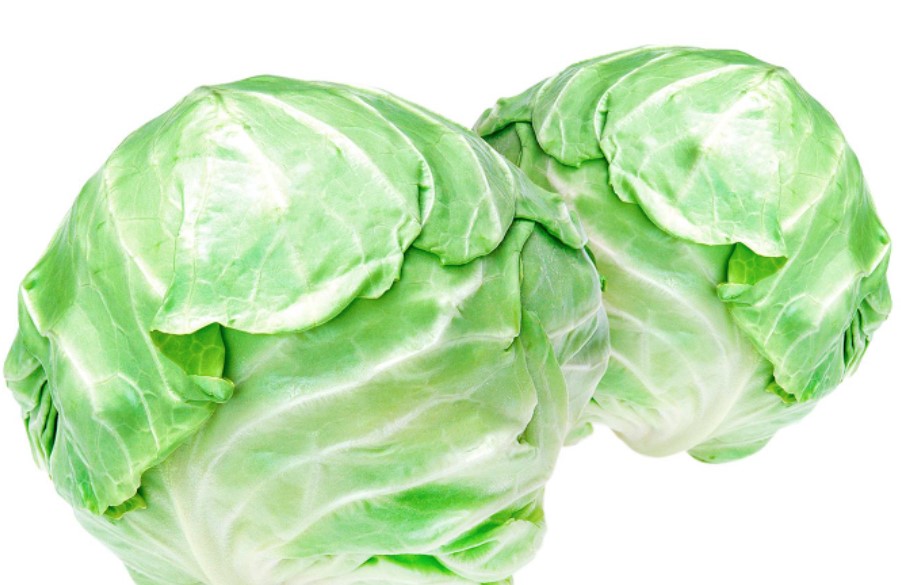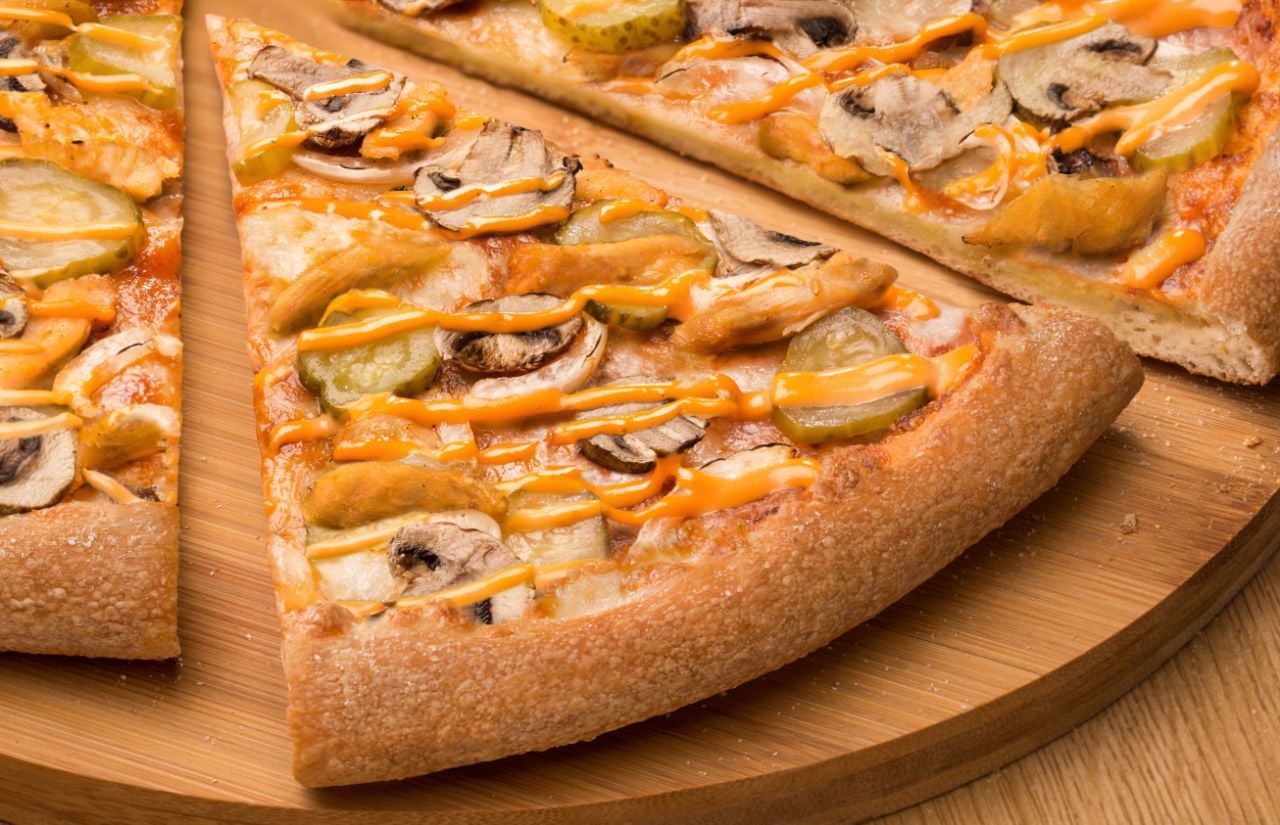Unlike most types of honey, linden honey is not blossom honey. It is also special in terms of taste. Here you can find out what other properties make linden honey stand out.
Linden honey is not to be confused with linden blossom honey: although both types of honey come from the linden tree, they differ significantly in taste. The special thing about linden honey is its menthol-like note, which is not penetrating but clearly noticeable. This isn’t everyone’s preference, so if you’ve never tried linden honey, you might want to taste it before you buy it.
What makes linden honey special?

The linden tree is one of the most important forage plants for bees because it provides large quantities of nectar and pollen. Especially in northern Germany, lime trees characterize the landscape. Both linden honey and linden blossom honey therefore often come from the northern regions of the country.
The main difference between the two types of honey is their composition. As the name suggests, the bees extract lime blossom honey from the blossoms of the tree. Linden honey, on the other hand, is not blossom honey, which makes it something special: instead, honeydew is used as the basis for its extraction. These are the sugary excrements of insects that feed on the linden leaves. Linden honey therefore falls into the category of honeydew honey, as does forest honey, for example.
In terms of taste, linden honey is heavier and stronger. In addition to the already mentioned menthol note, it can also have fruity, citrus-like aromas. Both types differ not only in taste: Linden honey is also a special type of honey in other respects. Its dark yellow color, which can go into orange or amber, is characteristic. Lime blossom honey, on the other hand, is rather light yellow to whitish and often has a slight green tinge. The consistency of both types can vary from liquid to creamy to firm.
Is linden honey healthy?
Linden honey and linden blossom honey are said to have both a diaphoretic and antipyretic effect. That is why both types are used as home remedies for colds and flu-like infections, for example. In addition, the two types of honey are said to have a calming and sleep-inducing effect.
These properties have not been specifically proven for linden honey. However, there is better evidence that honey generally has health-promoting effects. Recent studies suggest, among other things, that honey
can have an anti-inflammatory effect
has probiotic and antibacterial properties,
contains antioxidant agents that protect the body from free radicals,
can inhibit the development of cancer and cardiovascular disease.
Due to its high sugar content, you should consume linden honey just like other types of honey in moderation – this is how you best benefit from its positive properties. You can find out more about honey as a sugar substitute here: Maple syrup, honey, agave syrup & Co.: the truth about sugar substitutes.
The best way to use lime honey as a home remedy is to stir it into a cup of hot lime blossom tea. The health effects of linden blossoms have been better researched: They also have a sweat-inducing effect, relieve the urge to cough and promote expectoration. Linden blossom tea is also recommended as a sleep aid. In addition, it harmonises well with the lime honey in terms of taste.
Linden honey: Best from regional beekeeping

You can also get linden honey in the supermarket – but it is better to buy it from regional beekeepers. This not only has the advantage of shorter and therefore climate-friendly transport routes: by supporting regional beekeepers and their bee colonies, you also help to preserve biodiversity. You can recognize high-quality honey from Germany by the protected designation “Real German Honey”.
It is also worth making sure that the linden honey you choose is organic. Organic honey is produced under the most environmentally friendly and natural conditions possible.



















